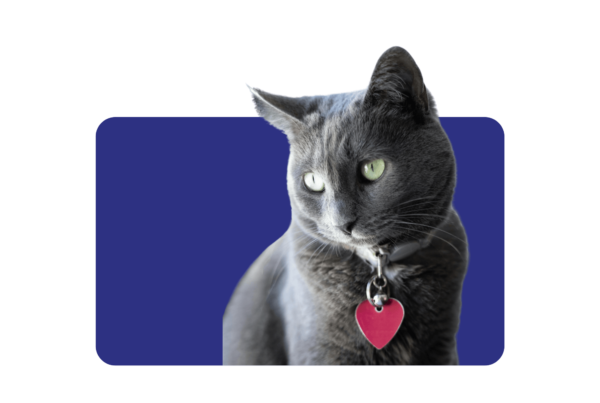Why your pet sheds fur is simple: it’s adapting to its environment. Changes in seasons and temperature are the most common reasons why your furniture and clothes become carpeted in shed fur but there are illnesses that can cause it too. Here’s what you need to know about shedding.
Why your pet sheds (the usual reasons)
Dogs have approximately 15,000 hairs per 2,5cm. Cats have between 60,000 and 120,000 hairs per 2,5cm. Growth happens in a mosaic pattern, so shedding does too, which explains why dogs and cats can shed large numbers of hairs without developing bald patches.
Shedding is one way an animal can adapt to its environment. Changes in seasons and external temperature are the two main factors that determine when major shedding will occur.
When should you be concerned
There are several medical problems that may be indicated by excessive shedding. These include infectious diseases like sarcoptic mange, hormonal abnormalities like hypothyroidism, and immune-related illnesses and allergies. The most common reason for more than normal shedding is stress.
For some pets, stress means riding in the car to visit the veterinarian. For others, it might be a strange animal in the yard or a new visitor in the house.
If your pet’s shedding causes bald patches, or the skin appears red or when shedding appears to mirror events in the house, visit your vet immediately. The sooner the cause is identified, the easier it is to treat.
Help prevent excess shedding by:
- Minimising stressful events in your pet’s life.
- Ensuring he/she is fed a nutritious, vitami-entriched diet that includes omega fatty acids. Ask EberVet Vetshops for advice.
- Invest in good quality brushes and combs and groom your pet at least once a day.
- Topical products including shampoos, sprays and conditioners are effective in moisturising the skin, making the hair shinier and making brushing easier.While they don’t actually change shedding they can improve the quality of your pet’s coat.





